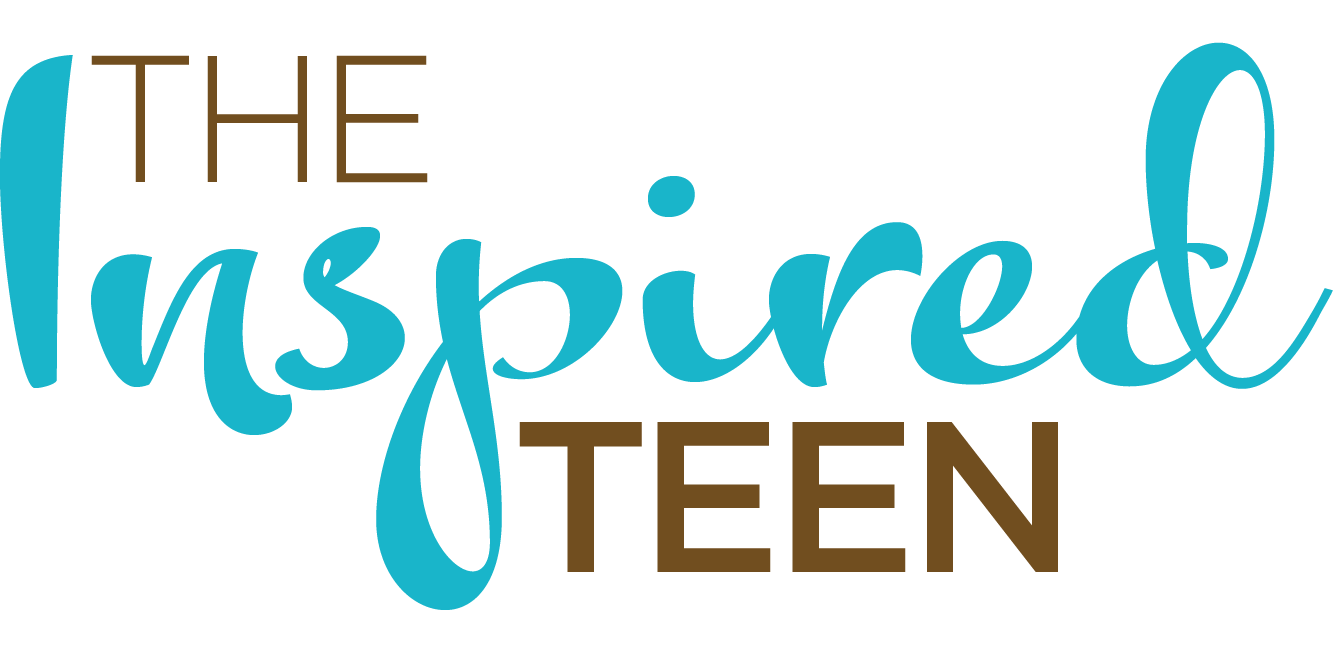Emotional Hide-and-Seek
Our brains want to avoid pain and seek pleasure. They want to protect us from things that are painful and/or dangerous. This means that they can even try to protect us from painful, difficult emotions. They do this by creating defense mechanisms.
Hilary Hendel said, “Defenses are brilliant adaptations our minds make to help us cope with vulnerabilities. While defenses serve a purpose, especially in the environment and at the time in which they were originally created, there is a cost for the protection they offer.”
These mechanisms can be a good thing because they allow us to do what we need to do and unravel the emotions when it’s safe. However, they can also be unhealthy because they can lead us to bury and avoid feeling our emotions.
You can know if your defense mechanisms are healthy by whether or not you have choice and control. If you have had a stressful day and you decide to come home and take a bubble bath, that’s healthy. If you come home and overeat or drink too much, that is unhealthy.
Unfortunately, hiding from our emotions doesn’t work forever. If you hide, your emotions will just wait around then seek you out in some way. Unresolved emotions can cause a variety of physical, mental, social, and emotional problems. If we don’t listen to them, they will just get louder! Becki Hein said, “People learn to hold in disturbing emotions such as sadness, anger, or hurt. So, as adults, when any of those repressed feelings start to come to the surface, an internal alarm clock goes off that ‘dangerous emotions are about to erupt.’”
Here are four ways we tend to hide from our emotions:
Buffering. A buffer is anything you put between you are your uncomfortable emotion. It can be food, alcohol, getting on your phone, shopping. It will help you feel better in the moment, but it won’t resolve your feelings.
Blaming others. Robert Anthony said, “When you blame others you give up your power to change.” We think that blaming others will help us feel better, but it hurts us in the long run.
Projecting. We do this when we push our difficult feelings off on someone else. For example, if you don’t like someone, you might tell everyone that person doesn’t like you. If you are jealous of something, you might tell yourself they are jealous of you.
Masking. We do this when we hide our true emotions underneath others. We might pretend we are happy when deep down we are disappointed. We might feel it’s more socially acceptable to say we are anxious when we are really angry.
We can help our teens watch out for these, as well. Teach your teens about these then name them when you see them. If we can help our teens accept and embrace their emotions now, they will be healthier and happier as adults!
Watch my YouTube video about this here.

